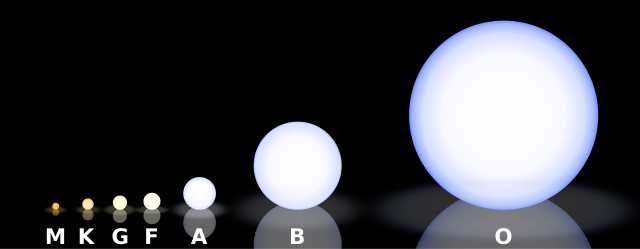Loading AI tools
Star problem not similar to the Sun From Wikipedia, the free encyclopedia
In astronomy, the G-dwarf problem refers to the apparent discrepancy in the distribution of metallicity levels in stars of different populations as compared to closed box models of galactic chemical evolution. According to closed box models, which represent galaxies without outside non-metallic material inflow, the distribution of metallicity levels in stars should follow a logarithmic curve. This amounts to high and low mass stars having the least metallicity, with G-type stars inbetween. However, these models are inconsistent with Milky Way observations.[1] Other galaxies have been shown to have the same problem.[2] The name comes from G-type stars, which are bright enough to be studied easily, yet are most often found unevolved. This provides an extensive look at relatively young stars. Despite this, the G-dwarf problem has also been observed in K and M dwarfs (the M dwarf problem).[3][4]

Seamless Wikipedia browsing. On steroids.
Every time you click a link to Wikipedia, Wiktionary or Wikiquote in your browser's search results, it will show the modern Wikiwand interface.
Wikiwand extension is a five stars, simple, with minimum permission required to keep your browsing private, safe and transparent.